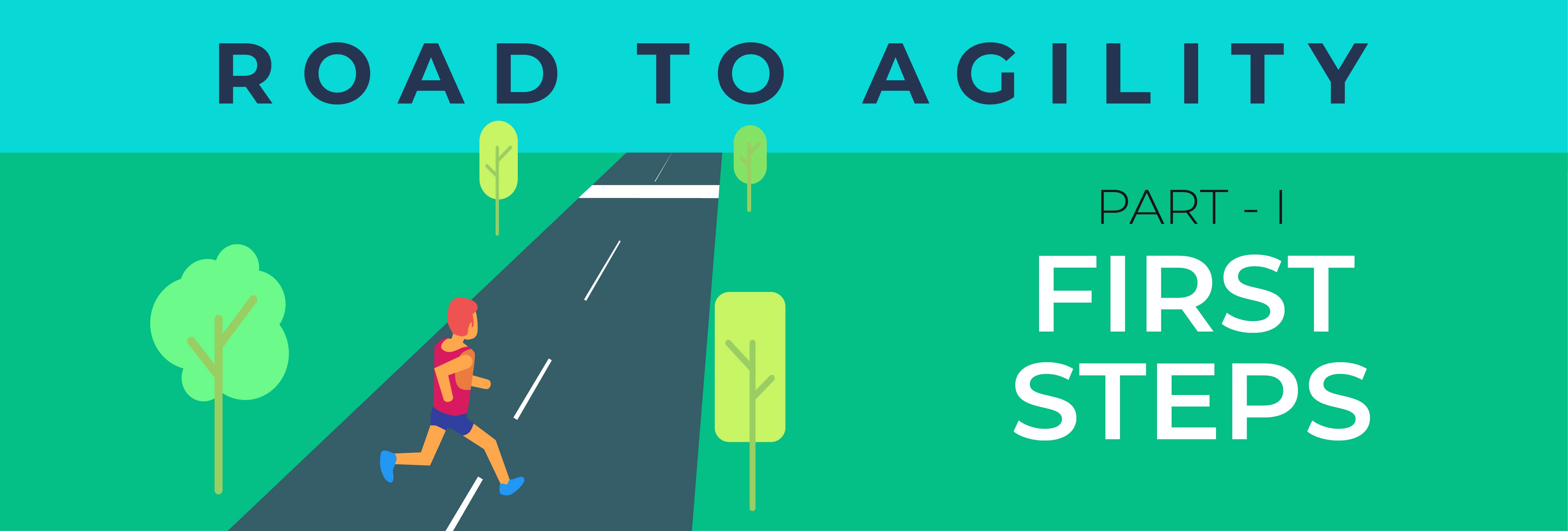Making Your Organization Agile: Getting Started
In this article, you will learn a step-wise process for using Agile-based ceremonies, artifacts, and methods. You will see the benefits of incorporating Agile in response to your customers' changing needs. Follow these steps for iterative, quick, and effective improvement in your organization’s processes. You'll find an easier approach to accomplishing projects and operational goals as a team.
Part One and Two will deal with the steps to help your team achieve agility and Part Three will take up pertinent questions and their answers from the author.
Understanding Agility and Being Agile
To get an understanding of the topic, here are some definitions and synonyms from Wikipedia and BusinessDictionary.com.
Agility
Agility is "a rapid whole-body movement with change of velocity or direction in response to a stimulus.”
- Sheppard and Young
Synonyms include nimbleness, quickness, liveliness, swiftness, responsiveness, cleverness, alertness.
Organizational Agility
Organizational agility is "the capability of a company to rapidly change or adapt in response to changes in the market. A high degree of organizational agility can help a company to react successfully to the emergence of new competitors, the development of new industry-changing technologies, or sudden shifts in overall market conditions."
- BusinessDictionary.com
Business Agility
Business agility refers to the "ability of a business system to rapidly respond to change"
- Wikipedia

So there you have it. You’re agile if you can respond rapidly and effectively to changes in business conditions using your organizational intelligence and capabilities. In sports, you show agility by timely changing your direction, velocity, and altitude in response to a stimulus. Likewise in business, we improve processes that are impacted by many internal and external stimuli.
Now that we understand what it means to have Agility, and what the road to agility looks like, what are the specific steps we can take to progress down that path.
The Road to Agility
The Road to Agility includes the steps summarized in Figure 1 below.
If you enjoyed my previous article “Everyone Can Play – Agile’s Not Just for IT Anymore!” Then I'm sure you will enjoy this article series. It shows roadmaps that you and your entire organization can follow as you continue to use an agile-based approach that benefits your customers.
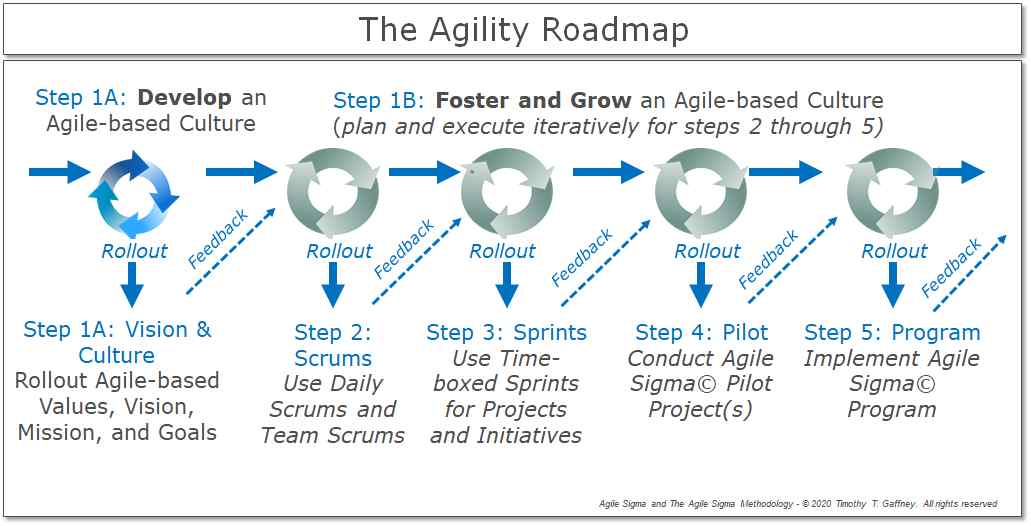
Figure 1: The Agility Roadmap provides the step-by-step guide to achieve Agility
To develop an agile culture, start with your
- Values
- Vision
- Mission, and
- Goals
Then you can foster and grow this culture by always rolling out agile tools and techniques including scrums and sprints. It’ll help your team to learn what it means to behave with agility, as individuals, and as a body.
Once the agile culture has become a habit you can take it a notch higher with trialing and implementing methods that are agile-based and data-driven. e.g., Agile Sigma©. The idea is to achieve optimal levels of customer-focused process performance across all organizations.
Now that we understand what it means to have Agility, and what the road to agility looks like, what are the specific steps we can take to progress down that path.
Step 1: Develop and Foster an Agile-based Vision and Culture
OBJECTIVE: Develop a culture that can meet changing business and customer needs. It must deliver responsive and innovative results always. Do this using agile-based vales to refocus your vision, mission, and goals. Achieve Agility by planning and rolling out agile-based tools and methods across your organization. This will help Foster and grow your agile culture.
The first step along the path to Agility is made-up of two smaller steps :
- 1A: Develop an Agile Culture
- 1B: Foster and Grow an Agile Culture
Outline
Step 1A is a depiction of the activities you need to develop an Agile Culture as seen in Figure 2 below. The process starts with your current values, vision, mission, and goals. Then it uses your customers’ needs and business conditions as inputs (information you already know).
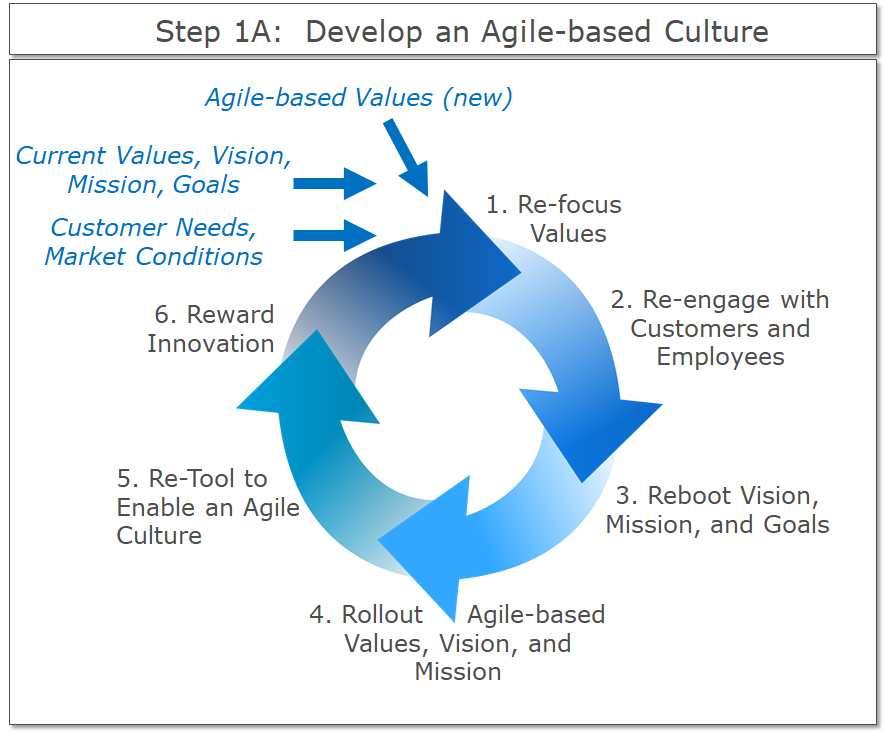
Figure 2: Step 1A Activities to Develop an Agile-based Culture
This new input, though not obvious, can provide you and your team with key insights that you can use to
- Re-think your values
- Re-focus your vision, and
- Reboot your mission
Once rebooted and you become agile-based, you’d have created an agile culture for your company.
You can begin by performing this, then revisit it at intervals (every 6 - 12 months) to keep it refreshed. At the beginning of this step, you can roll out information to the organization and teams. For instance, you can roll out reward systems and refinements in a separate iteration. This is after you must have begun by rolling out your re-focused values, vision, mission, and goals.
Table 1. includes a "starter kit" of agile-based values. You’re to use these values as input in developing your agile-focused culture with your team in Step 1A. Albeit, part two of this article series reveals more details on the activities involved in this step.
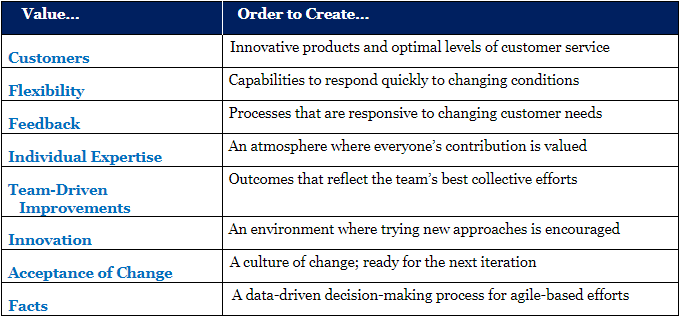
Table 1:
Agile-based Values that can be used as input to re-focus current value set to be more agile
Step 1B: In this next step along the path to Agility, you’ll have to iteratively plan and roll out tools, trials, and structured programs. This will foster and grow an agile culture. You must repeat this planning step before proceeding with the steps two through five. Figure 3 below shows an overview of the activities involved in accomplishing this iterative step to plan, support, listen and launch agile tools and techniques.
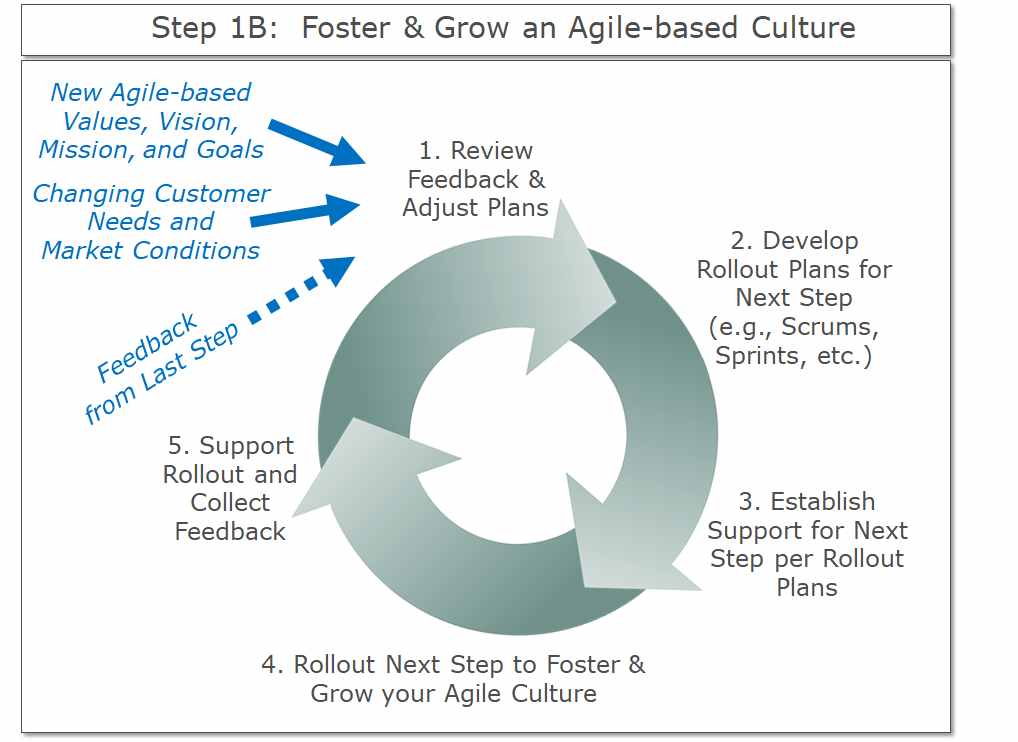
Figure 3: Step 1B Activities for use to incrementally Foster and Grow an Agile-based Culture
The leadership team demonstrates and learns agility by improving the toolkit and the team’s capabilities incrementally.
As you develop and foster your agile culture, you can also use the Scrum and Sprint techniques to iteratively work through Steps 1A and 1B. You’ll find these techniques described below. Your ability to use feedback to iteratively refine and improve your agile-focused plans is also a key part of this step. Listen and be responsive.
Step 2: Use Daily Scrums and Team Scrums
OBJECTIVE: To foster the adoption and growth of agile values shown in an increased customer focus and flexibility. This should result in an increased capacity to respond quickly to changing customer and business needs. Plus, the ability to recognize each individual’s expertise and contribution to the team.
In this step, organizational groups or project team meetings will hold daily. The meetings will use the agile ceremony referred to as "The Daily Scrum" and allow members to share, communicate, and coordinate. The team will also be able to react to changing conditions.
The Daily scrums create a daily rhythm of adjustments for your organization and its teams. This agile ceremony will help the organization think in an agile way to bring life to its values, vision, and mission.
Thus, making the organization more customer-focused by being more responsive and flexible.
For coordination and communication. The Daily Scrum uses a short, focused, and standardized meeting format. These formats can replace project team meetings or staff meetings. Figure 4 below summarizes some key aspects of the Daily Scrum.
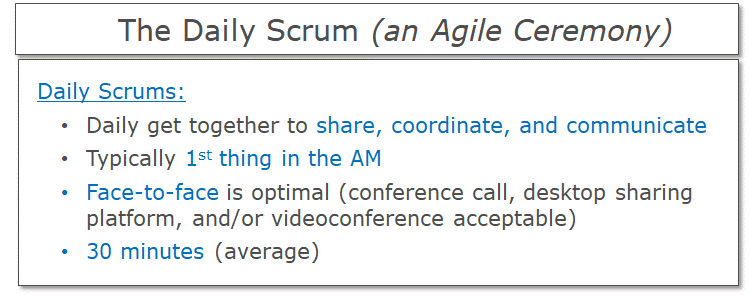
Figure 4: The Daily Scrum – Key Aspects
The Scrum Master or Team Leader may kick-off the Daily Scrum with some brief updates, new info, or accolades for the team. Using the agenda shown in Figure 5., Each team member should present their accomplishments, plans, and challenges in succession. The scrum's life span is approximately 30 minutes, which enables the team to have a sharp focus on their duties, and less on full team meetings.

Figure 5: The Daily Scrum Agenda
Team Scrums
This step involves the collaboration of Team Scrums to get the work done. Team Scrum is an Agile technique used to daily accomplish work and meet the team's goals.
Scrums aid progression down the road to agility. In each instance, they help instill daily cadence of change, which reinforces the value of the individual contribution to the team. Plus, it increases the focus on the customer's needs.
Wrap Up
The first two steps detailed in this part of the Road to Agility article helps the organization align with agile values. It also teaches how to foster an agile-based culture through the use of Daily Scrums and Team Scrums.
Coming Soon: In Part Two of the article, the remaining three steps help to build on your early successes using agile-based sprints, pilots, and programs. Further teaching you how to expand your agile-based infrastructure and toolkit. You will learn to foster the growth of agile values throughout the organization. This will, in turn, help the organization deliver agile results to customers daily.
Take our Agile Scrum Master Training. Get Certified.
